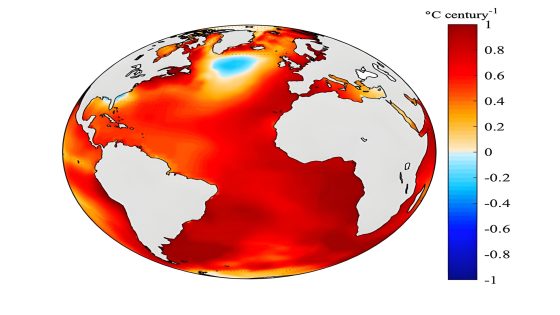Researchers have made significant strides in understanding solar wind energy and its impact on Earth’s magnetosphere. Using soft X-rays, they can now measure the reconnection rate of solar wind energy, a vital process for predicting space weather. This groundbreaking study, published on 2025-07-31 17:12:00, highlights the intricate interactions between solar activity and our planet’s protective magnetic field.
- New method measures solar wind reconnection rate
- Soft X-rays reveal magnetic reconnection patterns
- Fugaku supercomputer simulates solar interactions
- Findings improve space weather forecasting
- Technique bridges local and global observations
- Implications for future space exploration safety
The study, led by Yosuke Matsumoto and his team from Japan, employs advanced simulations using the Fugaku supercomputer. By analyzing V-shaped X-ray emissions, they provide a comprehensive view of magnetic reconnection events, bridging local observations with global reconnection rates. This innovative approach could revolutionize space weather forecasting and enhance the protection of our increasingly reliant space infrastructure.
This research raises critical questions about the future of space weather forecasting. How can we better predict the impacts of solar storms on our technology? The findings suggest that soft X-rays could serve as a reliable diagnostic tool for understanding magnetic reconnection.
- Soft X-rays reveal interactions between solar wind ions and Earth’s hydrogen atoms.
- This method bridges gaps in traditional observation techniques.
- Accurate reconnection rates can help mitigate risks to satellites and power grids.
As we continue to explore beyond our planet, advancements like these could significantly enhance our ability to predict and respond to cosmic phenomena. Will soft X-ray imaging become the new standard in space weather monitoring?
































